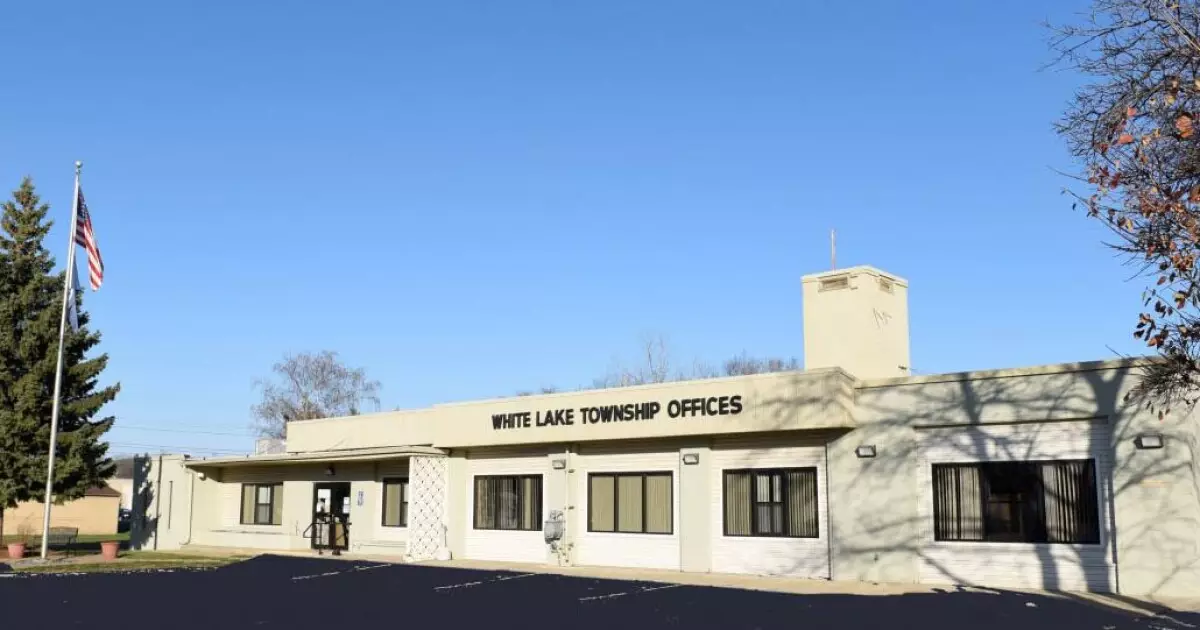In recent months, White Lake Township, located in Michigan, has been thrust into the challenging arena of cybersecurity threats, facing a significant setback due to a cyberattack that forced the cancellation of a vital bond sale. This unfortunate event not only obstructed the township’s immediate financial planning but also raised concerns about the integrity of public finance infrastructure in the digital age. The township’s experience serves as a reminder of the vulnerabilities inherent in modern communication and financial systems.
In November, the Township was made aware of the intrusion by a “third-party criminal actor” who gained access to an official email account. This breach facilitated fraudulent wiring instructions that redirected approximately $29 million intended for the purchase of bonds. The incident underscored a troubling trend—municipalities increasingly find themselves targets of sophisticated cybercriminals who exploit vulnerabilities within the financial systems governing public projects. If left unaddressed, such threats could inhibit the essential services provided by local governments, leading to broader implications for community well-being.
Despite the disruption resulting from the cyberattack, White Lake Township is forging ahead with renewed plans to secure funding through the issuance of $29 million in limited tax general obligation bonds. Considering the failure of the previous bond sale, the township’s officials have opted for a negotiated sale this time, engaging seasoned financial institutions like Stifel and JPMorgan to navigate the complexities of this transaction. This pivot signifies a proactive approach, which stands in stark contrast to the disorienting experiences of the prior sale.
The new bond proceeds are earmarked for the construction of much-needed infrastructure, including a civic center and a public safety headquarters. These projects reflect the township’s commitment to enhancing community resources while reinforcing the local governmental framework against future cybersecurity threats. In addition, discussions surrounding the infrastructure expansion reveal a long-term vision for the township, emphasizing the importance of sustainable growth and community resilience in the face of adversity.
The incident has catalyzed a reevaluation of cybersecurity measures within White Lake Township. As the fledgling forensic investigation unfurls, it becomes evident that both current protocols and countywide best practices require significant enhancement. S&P Global Ratings has pointed out the specific vulnerabilities that were breached during the cyberattack, notably issues related to password security and the overall cyber hygiene of municipal staffers.
In response to the incident, township officials are engaging in rigorous discussions to develop and implement enhanced security measures. The introduction of stronger policies should address both operational resilience and risk management, essential elements for safeguarding against the evolving landscape of cyber threats. Additionally, the township’s commitment to transparent operations signifies a departure from the siloed information-sharing practices often prevalent in public finance.
The Government Finance Officers Association has proactively brought these issues to the forefront in recent conferences, highlighting a collective industry response to combat these criminal endeavors. The call for industrywide best practices aims not only to protect individual municipalities but also to foster a secure operating environment for public finances across the board.
Impact on Future Financial Strategies
The White Lake Township incident has had ramifications beyond immediate financial setbacks; it paints a broader picture of how such attacks can complicate bond financing processes. With the township asserting its commitment to safeguard bond proceeds through enhanced cybersecurity measures, the confidence of investors and financial institutions becomes a critical factor to restore.
As the township revises its strategic planning framework, stakeholders must balance immediate recovery efforts against a backdrop of potential future liabilities stemming from the cyberattack. The ongoing collaboration between municipal advisors and legal counsel will play a critical role in ensuring transparency and compliance with newly established protocols.
Moreover, the township is knowledgable of the possibility that legal claims may arise related to the cyberattack, prompting a reexamination of insurance policies. The township carries coverage from the Michigan Municipal Risk Management Authority, which will help mitigate some of the legal expenses incurred during investigations. This serving of caution signals the necessity for municipalities to consistently reassess their risk management strategies in light of growing cybersecurity vulnerabilities.
The journey laid out by White Lake Township after the cyberattack is emblematic of resilience and adaptability in public finance. By pivoting toward proactive financial strategies, improving cybersecurity infrastructure, and fostering a culture of transparency, the township is not just recovering but is evolving. Each step taken reflects a deep-seated commitment to ensuring the safety and integrity of future projects, ultimately establishing a fortified foundation for communal growth.
As cybersecurity threats become increasingly sophisticated, it is crucial for all municipalities to learn from such experiences. The path that White Lake Township is treading may serve as a blueprint for others facing similar challenges, encouraging collective vigilance in safeguarding public finances against malicious interference.

